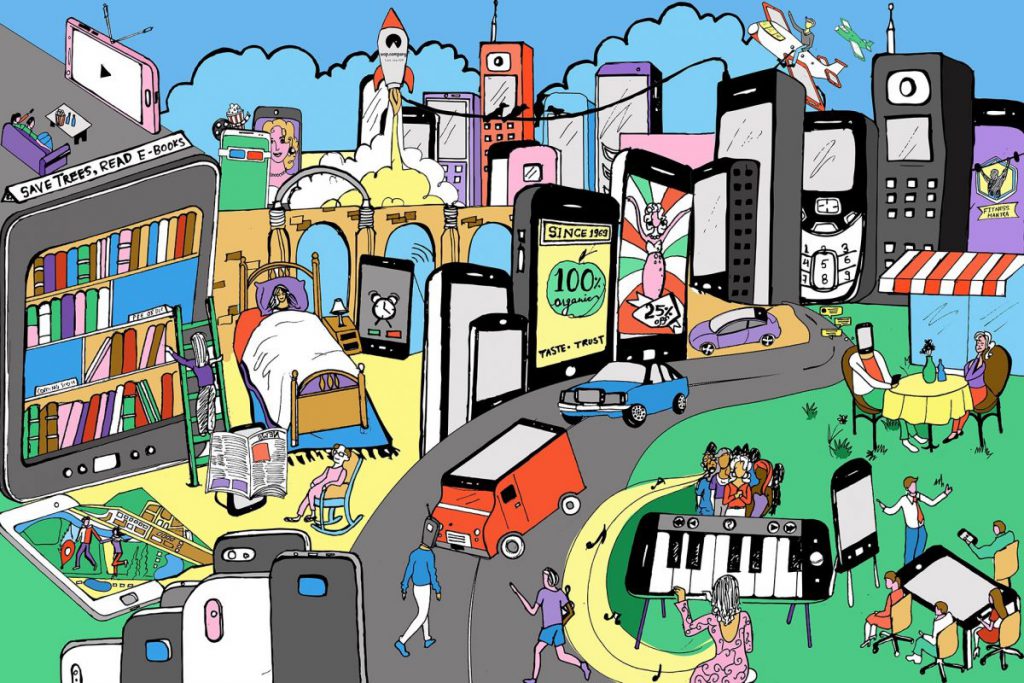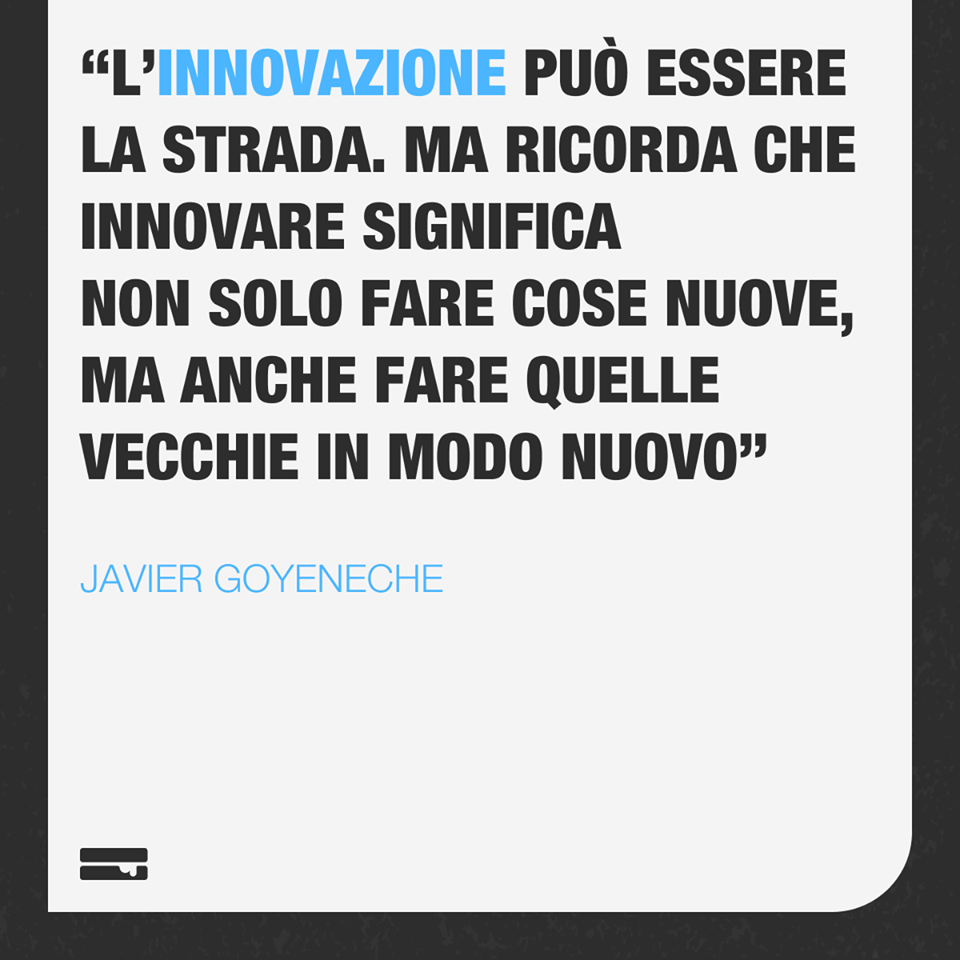● DIGITAL TRANSFORMATION 27.04.2020
● DIGITAL TRANSFORMATION 27.04.2020

I’ve been thinking a lot about how to start this article on Digital Transformation. First of all because it’s the first article of the newborn BiscuitWay blog; secondly because the theme is cool and…. cool things usually need cool words.
Then I realized that the cool stuff is usually done by marketeers, and if I’ve learned one thing over the years it’s that sometimes what comes hardest is getting to the gist of it.
So no secrets to success! No tools that no one told you about! Not even formidable advice that will tell you which book to read (with an invitation to buy it on Amazon and an affiliate link) in order to immediately become the innovator of yourself or your company or…. of your property.
Let’s break the ice! We give a dry answer on what Digital Transformation is NOT. Digital transformation is not a standardized website for a few euros, it’s not even e-commerce, it’s not wow management. It is not at all the opening of your fantastic company page on Facebook or LinkedIn. No, I guarantee you.
The good fortune and bad fortune of the web is that you need to be online, but that is not enough to get customers to find you. And even if they do find you, it is not necessarily helpful to your business, quite the contrary.
But let’s try to say what Digital Transformation is. To me, Digital Transformation is a change in vision and approach, to put it coolly, a change of mindset.
Let’s take a practical (and not a polished) example. In Italy about 76% of companies are SMEs (so the whole universe starting from micro enterprises to go to small and medium-sized). But let’s try to imagine the case of a shopkeeper.
One of those who for 20 years raised his shutter, turned on the lights, worked inside a store of 36 square meters and waited patiently for his customers.
Well, today, this man, this hero of modern times (and I’m not kidding!) doesn’t need a website. He needs to open his mind to new paradigms for the growth of his business; someone to help him detect his potential and critical issues; someone to analyze with him what he really needs to reduce costs and increase profits.
So let’s start with some basic concepts. Digital transformation cannot be separated from the concept of innovation. And let’s kick off the first more than honest quotation:

The excellent Javier, as we like to call him in convivial moments, in my opinion has hit the nail on the head. Many have spoken of digital, web and innovation as the Land of Toys and in recent years have also made a lot of money.
But I remember very well what happened to Lucignolo and Pinocchio, just as I know very well what happened to those entrepreneurs who plunged into these processes without criteria.
After the race to innovate, entrepreneurs and professionals terrified by investments with no utility or return have given up and retreated into their traditional shells, as a betrayed lover does.
After all, traditional channels have always worked, so why abandon them?
That’s exactly the point – you do NOT have to do it. Self-respecting Digital Transformation does not transform anything that is already working well. Digital Transformation only intervenes on what really needs to be optimized or on the creation of new sales and/or distribution channels and/or business process optimization.
But let’s be clear, the Digital Transformation compass must always be held by the entrepreneur or professional. It’s okay to be helped, supported, inducted. It’s not good that he/she suffers it, because it won’t change the famous and cool mindset.
So really, how can we categorize a company’s digital transformation? I would say in 4 steps:
In this introductory article to the topic, I made the effort to break down transformation from digital. In the next articles, I will recompose it by explaining why digital tools cannot be ignored today.
Aloha!
Written By
Sergio Serafini
Head Of Innovation